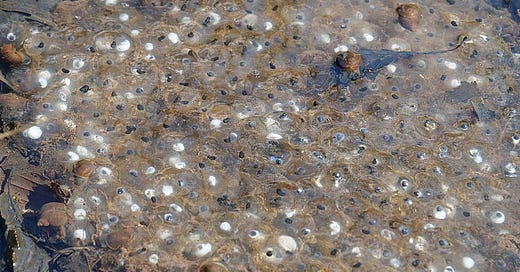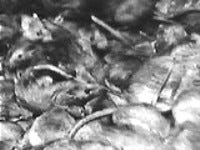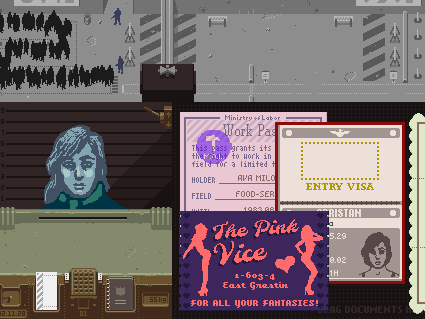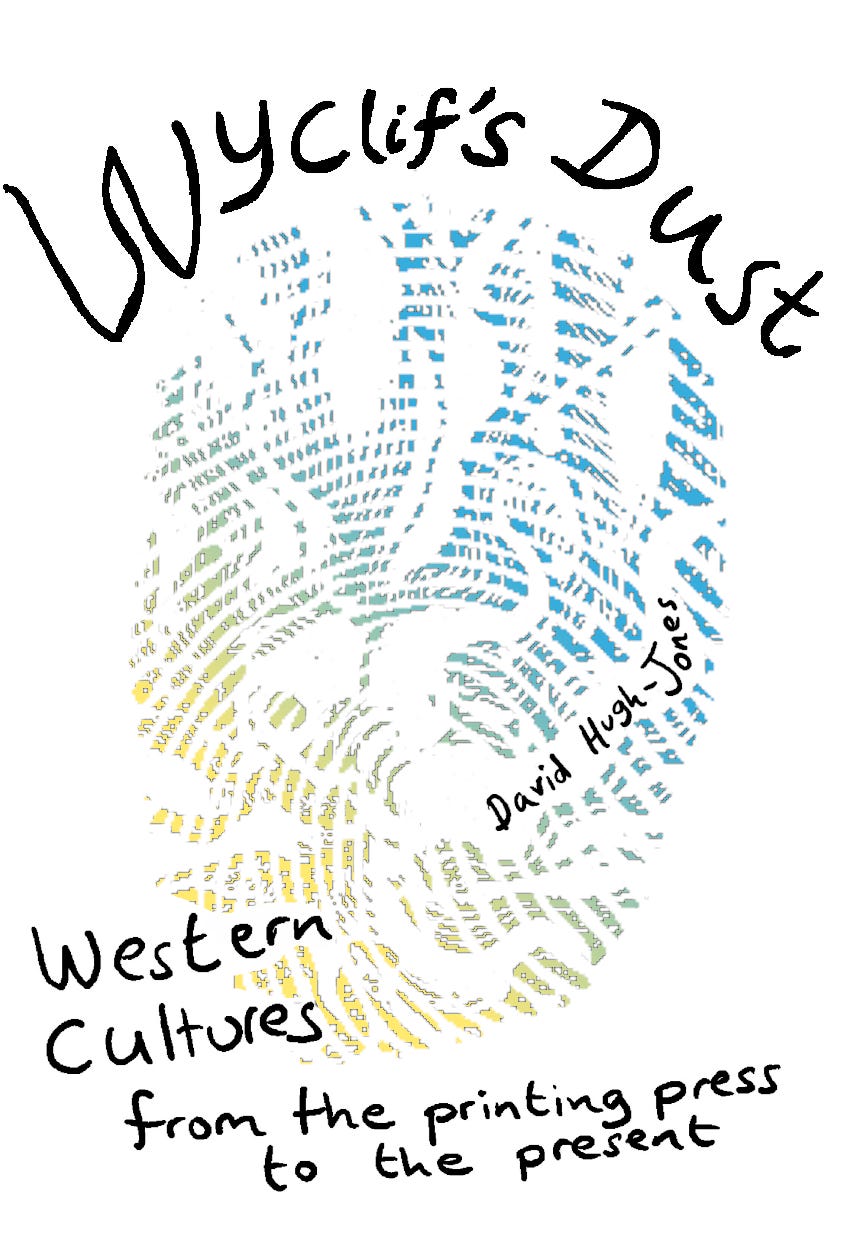Let biological metaphors back into social science
Cell borders, genetic parliaments, a dead mole
Biological metaphors fell out of fashion in the second half of the twentieth century, for two reasons. First, they seemed to have dangerous consequences, like labelling hated minorities as parasites or bacilli. They suffered by association with social Darwinism, which had drawn direct connections between biology and society.
Second, they were linked to a functionalist view of society. A biological organism’s different organs all serve its survival, and showing how they do that counts as a good scientific way to explain their existence. Functionalism carried that idea over into the social domain: you could explain an institution by showing how it served society. This idea lost popularity in the 1960s, as social scientists and theorists became more attuned to conflicts of interest in society. Many institutions seem to serve not the general welfare, but special interests — the capitalist class, or politically connected insiders. Mançur Olson on the right, and a new generation of Marxists on the left, dismantled the cheery functionalism of the 1950s. That made biology seem irrelevant.
The time may be right for social scientists to look again at biology as a source of inspiration. One reason is that the world is becoming more Coasean. Costless communication among any group anywhere is now basically a solved technological problem, and this makes it much easier for people to cooperate. So we might expect more socially functional, “efficient” institutions to spring up, and for existing institutions to be more effectively monitored and controlled to serve their supposed beneficiaries.
Another reason is that biology itself has become less functionalist and more attuned to conflicts of interest! We now know that just like societies, organisms contain internal conflicts which need to be managed. Our gut microbiome consists of “allied” bacteria which have learned to live with us (and in us). The body’s cells must limit their own reproduction for the good of the whole; sometimes they don’t, and when that happens the result is cancer. In turn, the eukaryotic cell was formed by an alliance between the original organism and mitochondria, which originated as parasites and which still retain their own DNA. (Mitochondrial DNA is only passed down the maternal line, which is helpful for genetic research into human history.)
Even our DNA contains selfish elements which try to copy themselves multiple times into the descendant’s germline. Robert Trivers, one of the original biologists of the “selfish gene”, wrote a book called Genes in Conflict. There is even the hypothesis of the “parliament of genes”, which manages conflicts for the good of the whole. Organisms are more political than we thought.
Here are some interesting patterns which recur at multiple levels across the natural and social sciences.
Birth, growth and aging. Institutions may be deliberately designed or they may arise spontaneously. Either way, they often go through an early process of “learning” as they adjust to their environment. Later, they mature: patterns get set, the charisma of the original founder is “routinized”, as Max Weber put it, and the organism/organization stabilizes. Think of the difference between the new European Political Community and the staid EU. Institutions also die. Sometimes they are murdered, but sometimes they fall apart because their constituent members fail to cooperate or break the bargain that let them work. Theories of biological aging might give social scientists ideas about why and how institutions and polities decay.
Borders and barriers deliminate an inside from an outside — a manageable, controlled domain from its chaotic surroundings. The cell wall, the skin barrier, a chimpanzee troop’s territory, the walls of a house, the symbolic boundaries between insiders and outsiders, administrative boundaries and national borders: all help to keep out what doesn’t fit, and sometimes to keep things or people in. Boundaries are not impermeable, but they have gates and gatekeepers: initiation rites, passwords, cultural codes and border posts.
Conflict and cooperation. Here, biology has often already learnt from the social sciences. John Maynard Smith wrote a classic book introducing game theory to evolutionary biologists. Fights between animals are modelled by the appropriately-named Hawk-Dove game. Game theory even gets used in biochemistry to work out what happens when different molecules meet in the cell. Biology and economics both understand the concepts of complementarity and trade and how they allow for specialization.
Managed competition. In World War II, the US successfully enlisted capitalist firms to supply the war effort. Long before, Smith’s fundamental insight was that markets were a way to solve the problem of “political economy” — a phrase which literally means state-level household management — and to raise nations to power and opulence. Competition isn’t the law of the jungle: in healthy markets, rival operators cannot murder each other. Instead, it is enabled by the law, and often fostered by the state: encouraging innovators by awarding prizes, for example, or protecting them with patents. Firms often encourage competition between their subunits. In science, competition between teams who support rival hypotheses has proved a good way of getting at the truth. The adversarial system embodies the same idea in law.
Organisms, too, have often found managed competition a way to achieve their goals. When the brain learns, relevant neurons associated with different hypotheses get reinforced, in a process that doesn’t require global control, but enables complexity to emerge from a local process. (Neural networks in AI work like this too.) Similarly, plants don’t need to plan how they grow: branches that get to the light automatically get more resources to keep growing and reinforce their success. Competition between individuals can serve the selfish gene. Rather than a mother bearing two offspring, it makes more evolutionary sense for her to bear ten, of whom only the fittest two will survive. The common principle behind these phenomena is that in an uncertain world, a decentralized process can be used to achieve an outcome that benefits the collective, by rewarding whatever happens to work.
Functional specialization. The ancient legend of the rebellion of the limbs accurately reflects the need for specialization, and also the conflict it engenders. The body’s organs, society’s classes and estates, all specialize for mutual advantage, and all need to agree on the division of the benefits.
From parasitism to symbiosis. Gut bacteria started as harmful invaders, but some eventually made their home in the target organism and thus came to have an interest in its preservation. The same is true of mitochondria. The same, in political science, of the state: Olson’s “roving bandit” who settles down as a “stationary bandit” and starts to help his host society, purely so as to maximize his tax base. Interestingly, evidence cited in The Dawn of Everything1 suggests that some ruling classes may indeed have evolved from bandit tribes who slowly became more integrated with their victims.
These analogies are precise — sometimes precise enough to formalize, as in game theory’s abstract, cross-disciplinary mathematics. We also reach for nature as a way to capture mysterious, inchoate or difficult truths about society and history, a metaphor for something that is hard to understand. Coming full circle, here’s a poem from Germany in 1947.
The dead mole
There you lie, dark one, doubly blind
And curled into a ball, gas-blown,
In the bright flowerbed, alone.
And quick black insects pass and wind
Through you, who bear with it in quiet,
Seething with traffic, blind and bright.
When you are turned towards the light
The ground beneath you crawls with wet.
Four blind hands, pale and naked, are
Upraised to heaven as if to plead
Objection to the gas. In greed
Your corpse still clutches at its fur
And to what’s left of shape and sense.
Give up! Admit: there’s no more you!
Falling apart’s not hard to do
Once you give in. Give way to the ants.
Peter GanIf you enjoyed this article, you might like my book Wyclif’s Dust: Western Cultures from the Printing Press to the Present:
It’s available from Amazon as a paperback, hardback or ebook. You can read more about it here.
You can also subscribe to this newsletter:
Lastly, if you liked this post, please share it with followers and friends:
Thank you!
p. 445.







